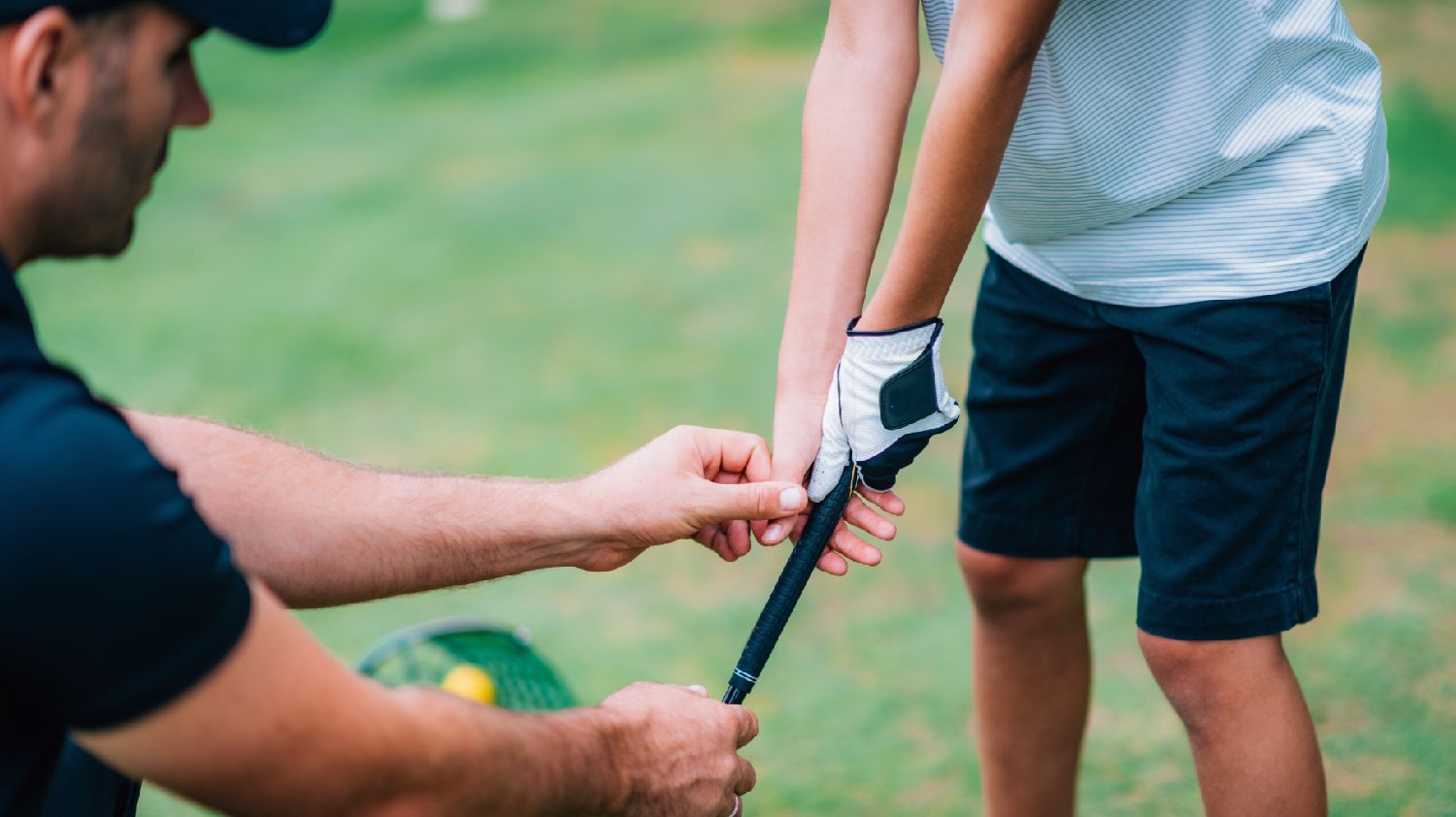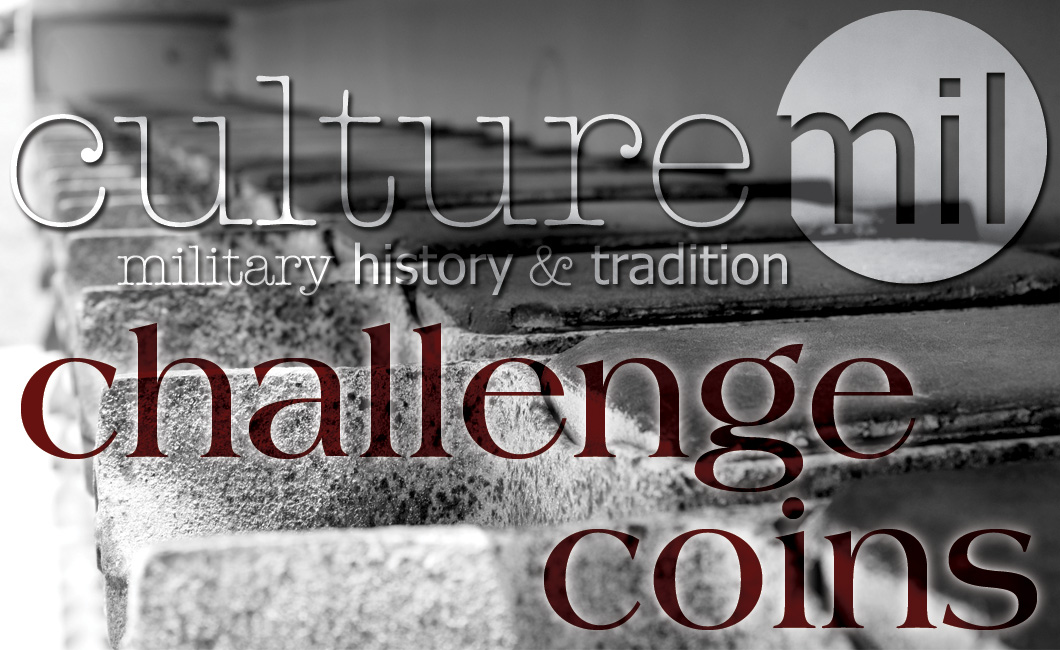- Rules of the coin game must be given or explained to all new coin holders.
- The coin MUST be carried at all times. You can be challenged for it anywhere, at any time. You must produce the coin without taking more than 4 steps to produce it.
- When challenging, the challenger must state whether it is for a single drink or a round of drinks.
- Failure to produce a coin, for whatever reason, results in a bought round or single drinks (whatever the challenger stated). This type of transaction could be expensive, so hold onto your coin. Once the offender (coinless challengee) has bought the drink or round, they can’t be challenged again.
- If all that are challenged produce their coins, the challenger loses and must buy the drinks for all respondents. This too can be expensive, so challenge wisely.
- Under no circumstances can a coin be handed to another in response to a challenge. If a person gives their coin to another, that person can now keep the coin – it’s theirs!!! However, if a person places the coin down and another person picks it up to examine it, that is not considered giving and the examiner is honor-bound to place the coin back where they got it. The examiner can’t challenge while they hold another’s coin. After negotiating a “reasonable ransom”, the examiner must return the member’s coin.
- If a coin is lost, replacement is up to the individual. A new coin should be acquired at the earliest opportunity – losing a coin and not replacing it doesn’t relieve a member of his or her responsibilities. This is especially true if your fellow CPO’s know that you traditionally carry a coin.
- There are no exceptions to the rules. They apply to clothed or un-clothed. One step and an arm’s reach are allowed.
- A Coin is a Coin. They are not belt buckles, key chains or necklaces. Coins worn in a holder around the neck are valid.
- The coin should be controlled at all times. Giving a coin to just anyone is like opening a fraternity to just anyone. It is an honor to be given a coin, let’s keep it that way. A given or awarded coin is of more personal value than a purchased coin.
- No holes may be drilled in a coin.
- The above rules apply to anyone who is worthy to be given/awarded a coin, has a purchased coin, or who is known to be a previous coin holder.
Written by Jenifer Chrisman on January 25, 2016.
Sources agree, there is no definitive origin to the Challenge Coin. One of its earliest stories dates as far back as Ancient Rome. However, the most popular claim of the Challenge Coin’s origin begins during World War I.
Stirred to action, many wealthy young Americans dropped out of college to volunteer with the newly formed flying squadrons in Europe. In one such unit a wealthy lieutenant ordered bronze medallions be struck and handed them out to the men in his unit. Shortly after, one of his pilots was brought down after his aircraft sustained serious damage by ground fire. Forced to land behind enemy lines he was captured by a German patrol.
The Germans removed all personal identification from the pilot except a leather pouch he wore around his neck. Inside the pouch was the coin given him by his lieutenant.
The pilot escaped his confinement from a small French town near the front during a bombardment by the Allies. Successfully avoiding patrols on his bid for freedom he crossed into no man’s land and eventually made it to a French outpost.
Plagued by saboteurs masquerading as civilians, the French were preparing to execute the pilot as he had not proof of identity. The pilot pulled out the coin his lieutenant had given him in an attempt to prove his allegiance. One of the French soldiers recognized the squadron insignia causing his captors to postpone his execution until they could verify his identity.
After his safe return to his squadron, it became tradition for all members to carry a coin. To ensure this was accomplished a pilot would be challenged to produce the coin. If the pilot didn’t have the coin he was required to buy the challenger a drink of his choice. If he produced the coin the challenger was required to buy him a drink.
Today, aside from being used for challenges, the coins serve a multitude of purposes. From rewards to morale enhancement, they are an integral part of military life. They symbolize brotherhood and unit identity through unit symbols or mottos. They can be simple or complex and have expanded outward to other countries, as well as public safety. They are a long standing and unique part of military tradition.
Modern Day Challenge Coin Rules
Source: goatlocker.org/resources/cpo/history/cpocoin.htm




